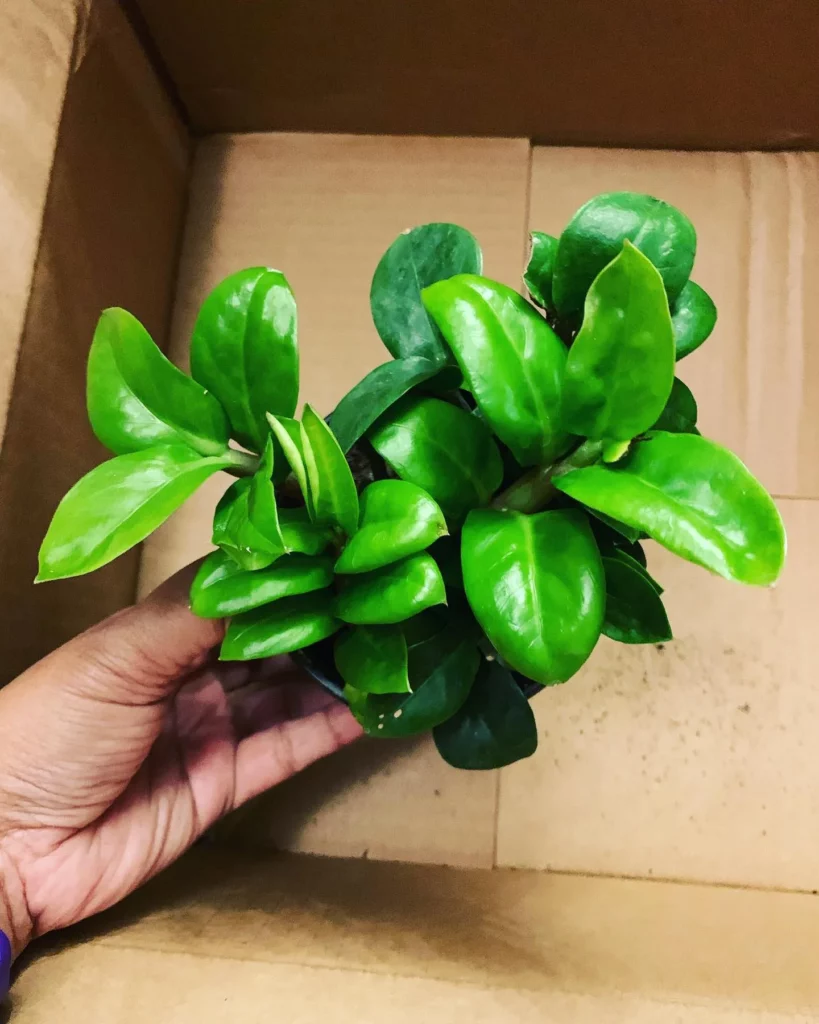Common ZZ plant care mistakes include overwatering, insufficient light, and neglecting pests or diseases.
For optimal ZZ plant health, avoid direct sunlight, gradually acclimate to bright conditions, water only when soil is dry, use well-draining soil for moisture control, and handle with care due to toxicity.
No products found.
Improper Lighting for ZZ Plants


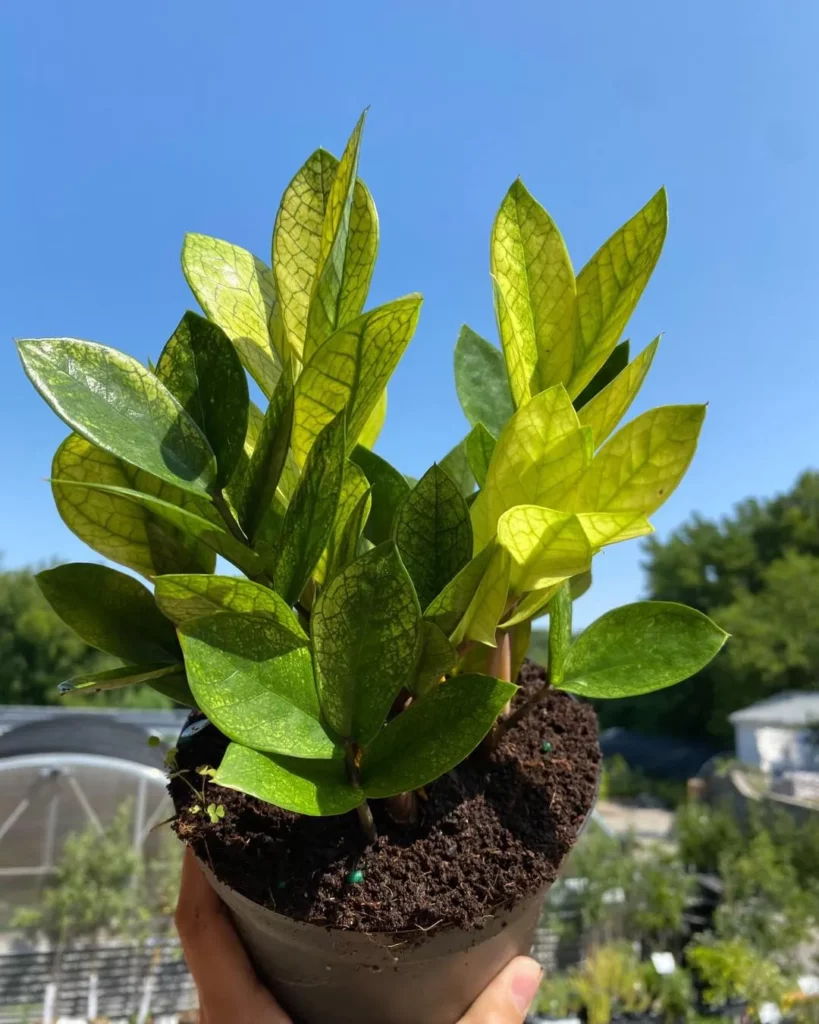
Lighting plays a crucial role in the overall health of ZZ plants. Proper lighting conditions ensure optimal growth and prevent common mistakes that can harm these beautiful plants.
Here are some key factors to consider when it comes to providing the right lighting for ZZ plants:
Placement: ZZ plants thrive in medium to bright indirect light. Placing them approximately 3 feet away from a window is ideal.
However, it’s important to note that direct sunlight, especially from south-facing windows, can be too intense and lead to sunburn and yellowing of the leaves. To protect your ZZ plant from excessive light, you can use a sheer curtain to filter the sunlight.
Gradual transition: If you’re moving your ZZ plant from a low-lit room to a brighter environment, it’s essential to introduce it to indirect light gradually.
Moving it 1 foot closer to the window each week until it reaches the recommended distance of 3 feet will help prevent shock and damage to the plant.
Overwatering and Underwatering ZZ Plants
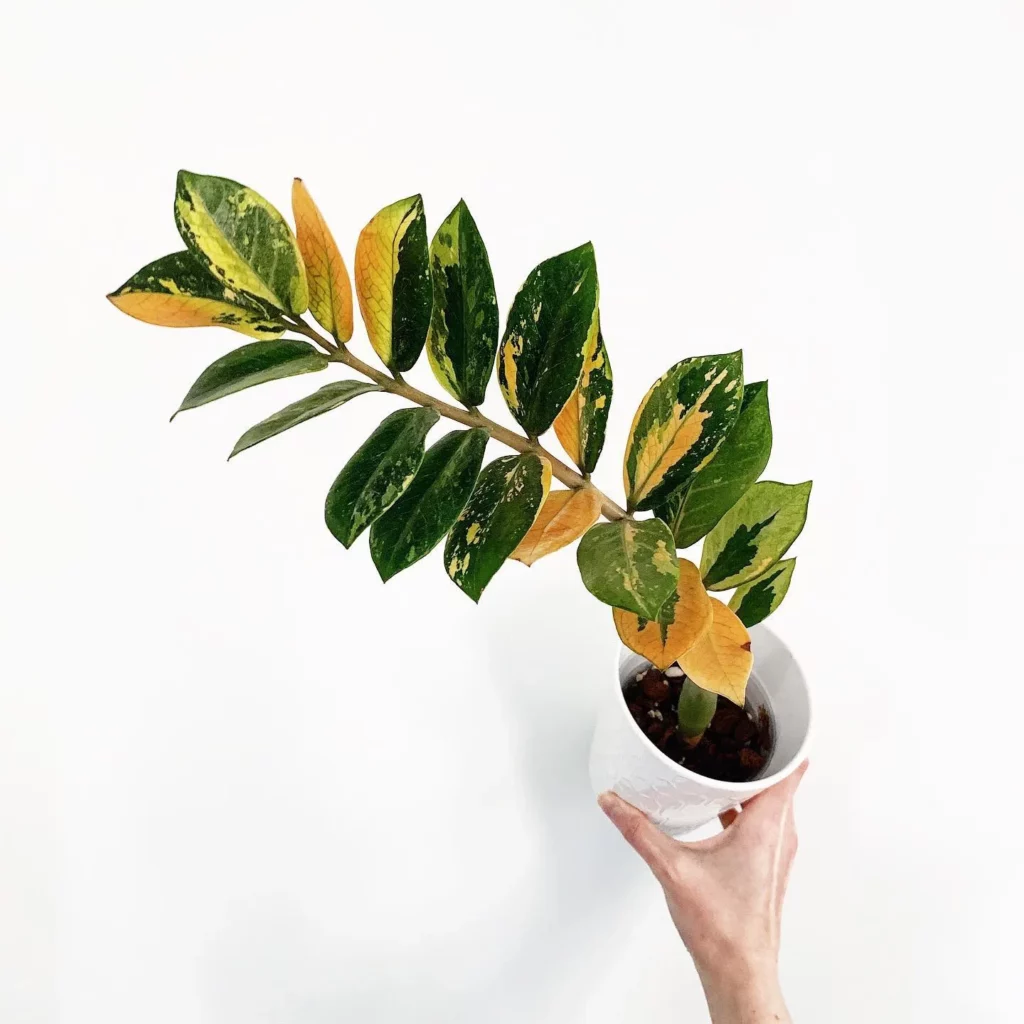
Finding the right balance of water for ZZ plants is key to their well-being. Both overwatering and underwatering can lead to problems and affect the plant’s overall health.
It’s important to understand the signs of each condition and take appropriate action to ensure your ZZ plant thrives.
Overwatering ZZ Plants
Overwatering is a common mistake when it comes to ZZ plant care. These plants are naturally drought-tolerant and prefer to be on the drier side.
Overwatering can lead to root rot, yellowing leaves, and overall decline in the plant’s health. To avoid overwatering, make sure the soil has completely dried out before watering again.
The top inch of soil should feel dry to the touch. When watering, ensure that you water thoroughly so that the excess water drains out of the pot.
Underwatering ZZ Plants
On the other hand, underwatering can also be detrimental to ZZ plants. Although they can tolerate dry conditions, not providing enough water can cause the plant to become stressed and lead to stunted growth and wilted leaves.
To prevent underwatering, check the soil regularly and water when the top inch of soil is dry. When watering, make sure to water thoroughly to ensure the entire root ball gets moistened.
Common Pest Problems for ZZ Plants



Keeping an eye out for common pests is essential to maintaining the health of ZZ plants. While ZZ plants are generally pest-resistant, they can occasionally suffer from infestations that can impact their growth and appearance.
By being proactive and knowing how to identify and address these pests, you can ensure the continued vitality of your ZZ plant.
| Pest | Identification | Treatment |
|---|---|---|
| Scale Insects | Tiny, oval-shaped insects attached to leaves and stems | Remove manually with cotton swab dipped in rubbing alcohol |
| Aphids | Small, soft-bodied insects; signs include curling leaves and sticky honeydew | Treat with insecticidal soap solution |
| Whiteflies | Tiny white insects resembling small moths; found on undersides of leaves | Use yellow sticky traps and spray with neem oil or insecticidal soap |
Successful Propagation of ZZ Plants

Learning the proper methods of propagation can help you expand your ZZ plant collection. ZZ plants can be propagated through stem cuttings, and with the right techniques, you can successfully grow new plants.
Here are some tips to ensure successful propagation:
- Choose a healthy stem: Look for a stem that is at least 6 inches long and has several healthy leaves. Avoid selecting stems that are too short or have damaged or yellowing leaves.
- Prepare the cutting: Using sharp, clean scissors or pruning shears, make a clean cut just below a leaf node. This is where the roots will develop. Remove any lower leaves, leaving only a few at the top.
- Allow the cutting to callus: Place the cutting in a warm, dry location for about a week to allow the cut end to callus over. This helps prevent rotting when the cutting is planted.
Conclusion
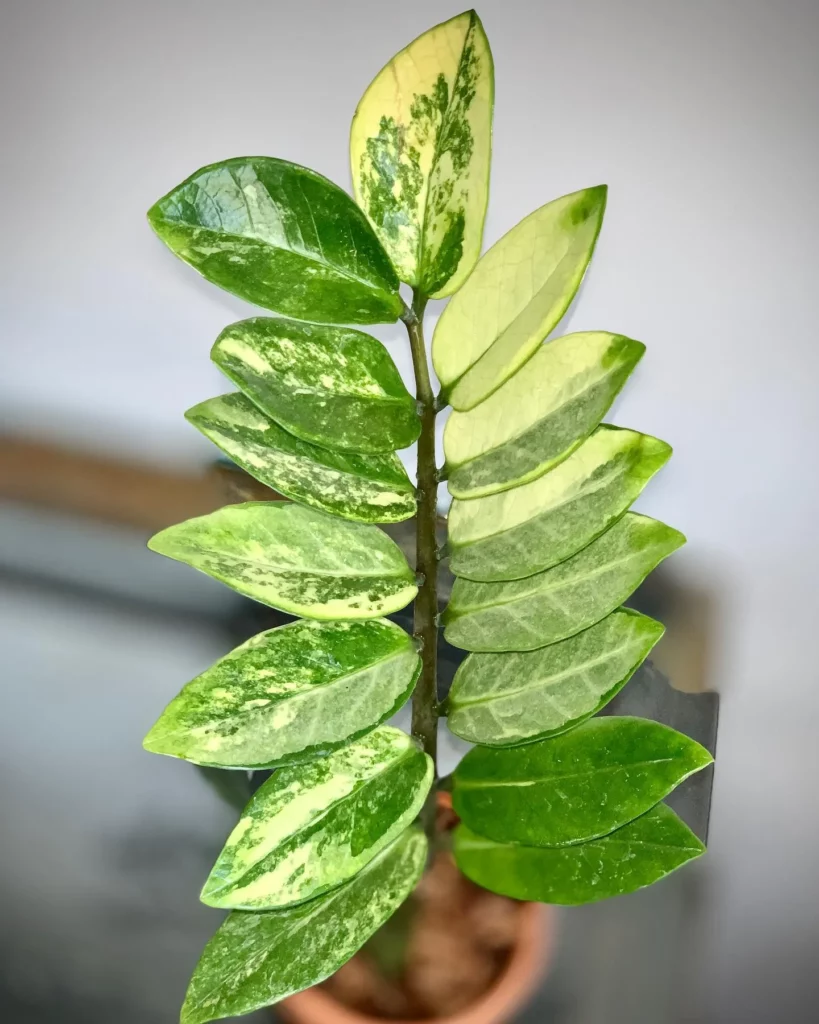
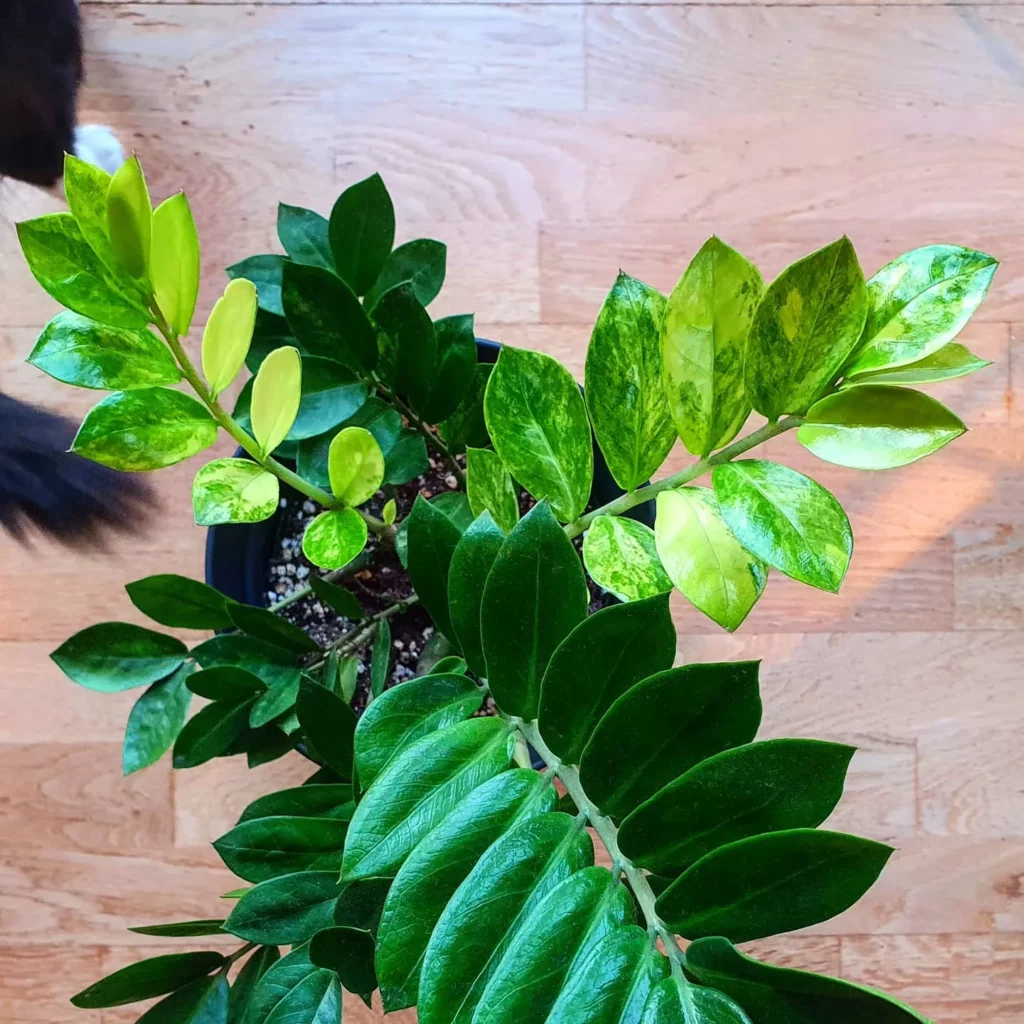
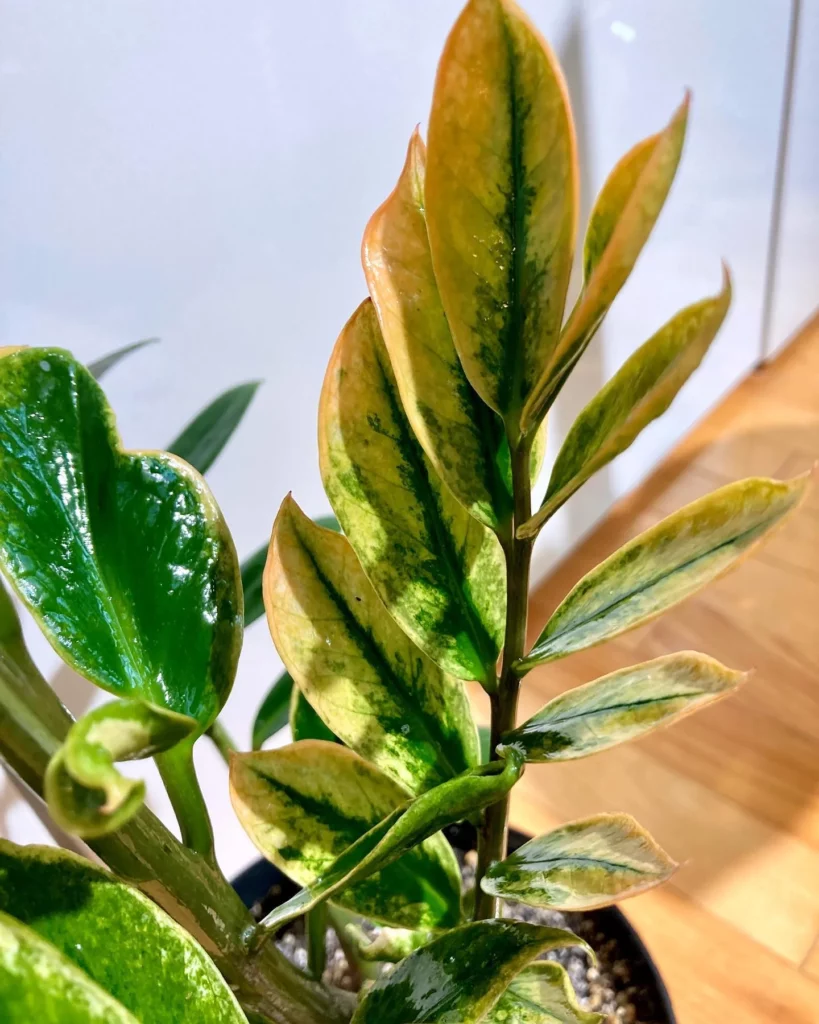
Proper care is crucial for the success of ZZ plant cultivation, and avoiding common mistakes is the key to keeping your ZZ plant thriving.
By understanding and addressing the common mistakes related to ZZ plant care, you can ensure the health and vitality of your plant. Improper lighting is one of the main mistakes people make, so it’s important to place your ZZ plant in medium to bright indirect light, protecting it from excessive sunlight that can harm its health.
Gradually introducing your plant to new lighting conditions can prevent shock and damage.
Overwatering is another mistake to avoid. ZZ plants are drought-tolerant and should only be watered when the soil has completely dried out. Provide thorough watering so the top inch of soil is moist, but be careful not to overdo it, as excessive moisture can cause root rot and yellowing of the leaves.
Additionally, it’s essential to consider factors like proper drainage, toxicity, temperature, humidity, and pest control. ZZ plants prefer well-draining soil, should be kept away from drafts and air conditioning units, and require vigilance when it comes to pests.
Finally, propagating ZZ plants correctly and ensuring they receive enough light are also important aspects of their care.
By following these guidelines and avoiding the common mistakes discussed, you can create an ideal environment for your ZZ plant to thrive, adding beauty and greenery to your space.
Make sure to check out our article on Temperature And Humidity Requirements For Healthy ZZ Plants. And after reading that ZZ Plant article, check out our article on Are ZZ Plants Drought Tolerant? Understanding Their Water Needs.
FAQ
Q: What is the ideal lighting for ZZ plants?
A: ZZ plants thrive in medium to bright indirect light. They should be placed approximately 3 feet away from a window. South-facing windows can deliver excessive light that can harm the plant’s health. Using a sheer curtain can protect the ZZ plant from sunburn and prevent yellowing of the leaves.
Q: How should I acclimate my ZZ plant to new lighting conditions?
A: If moving a ZZ plant from a low-lit room to a brighter environment, it’s important to gradually introduce it to indirect light. Move it 1 foot closer to the window each week until it’s 3 feet away to prevent shock and damage.
Q: How often should I water my ZZ plant?
A: ZZ plants are drought-tolerant and should only be watered when the soil has completely dried out. Overwatering can cause root rot and yellowing of the leaves. Water thoroughly so the top inch of soil is moist.
Q: Can ZZ plants be exposed to direct sunlight?
A: ZZ plants can get sunburnt if left in direct sunlight for too long. If the leaves are curling, leaning away from the light, or showing signs of yellowing, provide shade or move the plant away from the light source.
Q: What type of soil should I use for ZZ plants?
A: ZZ plants prefer well-draining soil to avoid moisture retention. Mix regular organic potting soil with orchid bark and perlite for a DIY well-draining potting soil.
Q: Are ZZ plants toxic?
A: Yes, all parts of the ZZ plant are toxic to humans and pets. Wash hands after handling the plant and keep it out of reach of children and pets.
Q: What temperature and humidity levels are ideal for ZZ plants?
A: ZZ plants can tolerate a wide range of temperatures and humidity levels. However, they should be kept away from drafts, vents, and air conditioning units. Ideal temperature ranges from 18°C to 24°C, while humidity levels of 40-50% are preferred.
Q: Do ZZ plants attract pests?
A: While ZZ plants are generally pest-resistant, they can occasionally suffer from pests like scale insects, aphids, blight, whiteflies, and mealybugs. Be aware of the signs of pest infestation and take immediate action if necessary.
Q: How can I propagate ZZ plants?
A: ZZ plants can be propagated by cutting off a section of the plant and ensuring the cutting has healthy leaves. Avoid propagating in water as it can cause rotting.
Q: Do ZZ plants require a lot of light?
A: ZZ plants can tolerate low light conditions, but they will thrive in bright indirect light. Ensure they have access to at least six hours of indirect light daily.


